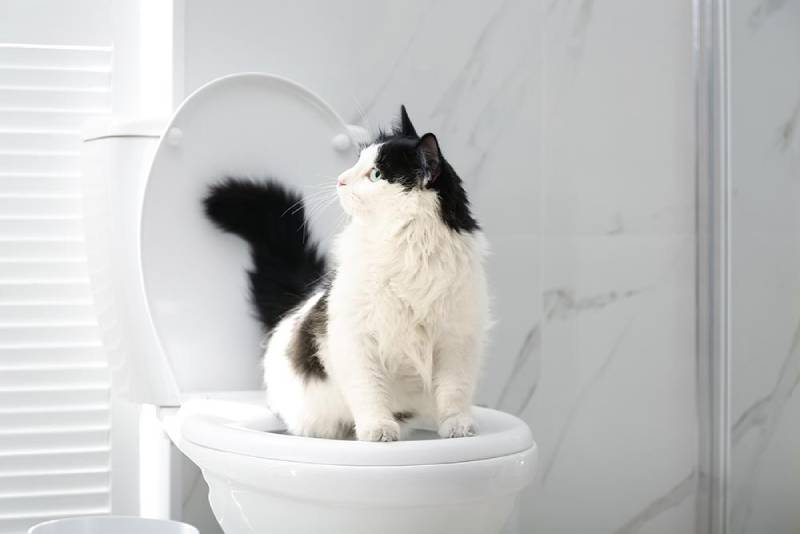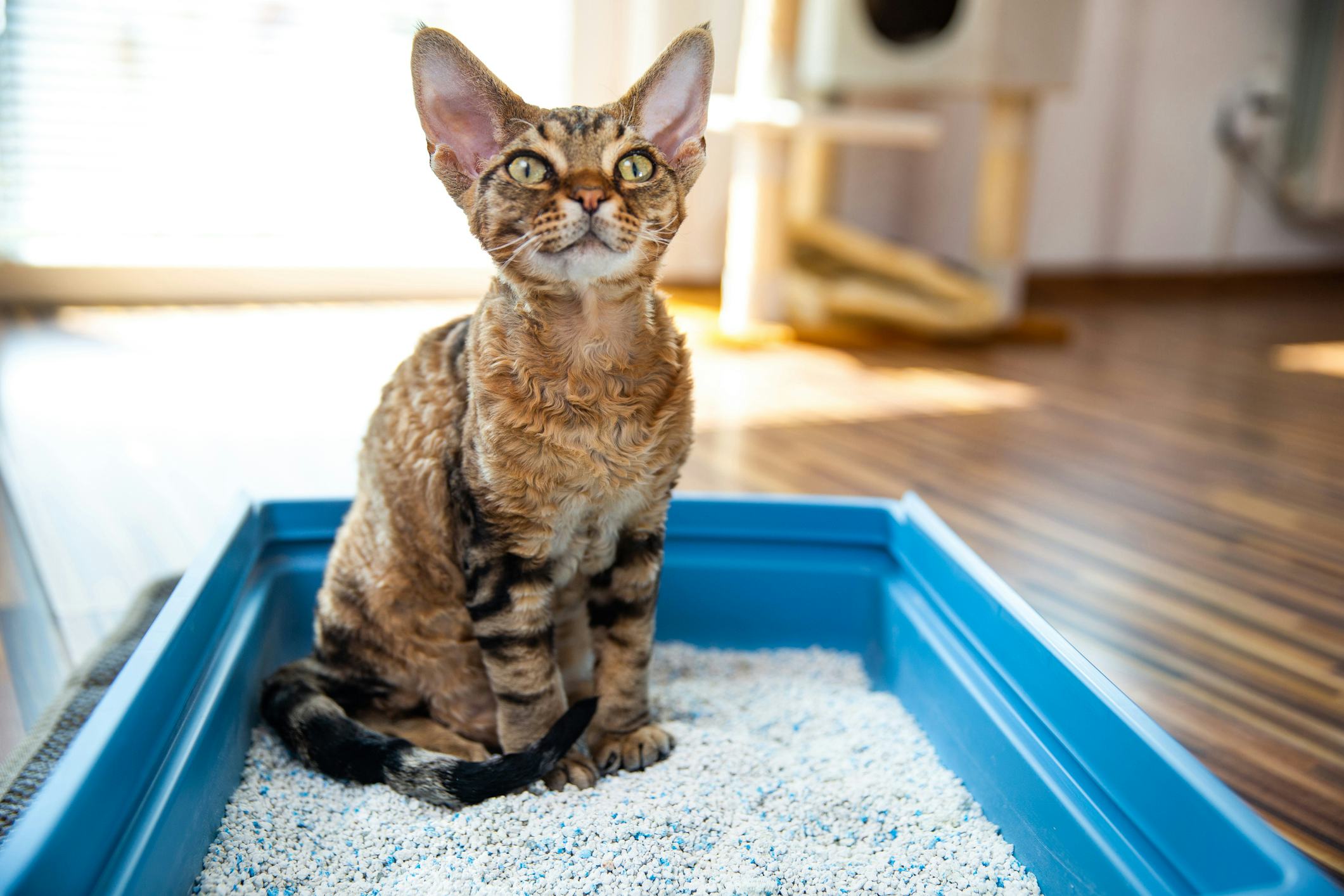Avoid Flush Cat Poop Down Your Toilet - Preserve Your House's Pipe Integrity
Avoid Flush Cat Poop Down Your Toilet - Preserve Your House's Pipe Integrity
Blog Article
Listed here below you'll find more professional advice with regards to Can You Flush Cat Poo or Litter Down the Toilet?.

Introduction
As cat owners, it's necessary to bear in mind just how we take care of our feline buddies' waste. While it may seem convenient to flush feline poop down the bathroom, this technique can have destructive consequences for both the environment and human health and wellness.
Ecological Impact
Flushing cat poop introduces hazardous microorganisms and parasites right into the water supply, positioning a considerable threat to water ecological communities. These impurities can adversely influence aquatic life and compromise water top quality.
Health and wellness Risks
In addition to environmental problems, flushing cat waste can also pose wellness threats to humans. Cat feces might consist of Toxoplasma gondii, a parasite that can cause toxoplasmosis-- a potentially severe illness, specifically for expectant females and individuals with weakened body immune systems.
Alternatives to Flushing
Thankfully, there are more secure and more responsible ways to deal with cat poop. Take into consideration the adhering to alternatives:
1. Scoop and Dispose in Trash
One of the most typical method of disposing of feline poop is to scoop it into an eco-friendly bag and toss it in the trash. Make certain to utilize a committed trash scoop and take care of the waste quickly.
2. Usage Biodegradable Litter
Choose biodegradable pet cat litter made from products such as corn or wheat. These trashes are environmentally friendly and can be securely gotten rid of in the trash.
3. Hide in the Yard
If you have a yard, think about hiding cat waste in a marked area far from vegetable yards and water sources. Make sure to dig deep enough to avoid contamination of groundwater.
4. Install a Pet Waste Disposal System
Invest in a pet waste disposal system especially developed for feline waste. These systems use enzymes to break down the waste, decreasing smell and environmental influence.
Conclusion
Liable pet dog possession extends past giving food and shelter-- it additionally involves appropriate waste monitoring. By refraining from purging cat poop down the commode and choosing alternative disposal techniques, we can lessen our environmental footprint and secure human health.
Why Can’t I Flush Cat Poop?
It Spreads a Parasite
Cats are frequently infected with a parasite called toxoplasma gondii. The parasite causes an infection called toxoplasmosis. It is usually harmless to cats. The parasite only uses cat poop as a host for its eggs. Otherwise, the cat’s immune system usually keeps the infection at low enough levels to maintain its own health. But it does not stop the develop of eggs. These eggs are tiny and surprisingly tough. They may survive for a year before they begin to grow. But that’s the problem.
Our wastewater system is not designed to deal with toxoplasmosis eggs. Instead, most eggs will flush from your toilet into sewers and wastewater management plants. After the sewage is treated for many other harmful things in it, it is typically released into local rivers, lakes, or oceans. Here, the toxoplasmosis eggs can find new hosts, including starfish, crabs, otters, and many other wildlife. For many, this is a significant risk to their health. Toxoplasmosis can also end up infecting water sources that are important for agriculture, which means our deer, pigs, and sheep can get infected too.
Is There Risk to Humans?
There can be a risk to human life from flushing cat poop down the toilet. If you do so, the parasites from your cat’s poop can end up in shellfish, game animals, or livestock. If this meat is then served raw or undercooked, the people who eat it can get sick.
In fact, according to the CDC, 40 million people in the United States are infected with toxoplasma gondii. They get it from exposure to infected seafood, or from some kind of cat poop contamination, like drinking from a stream that is contaminated or touching anything that has come into contact with cat poop. That includes just cleaning a cat litter box.
Most people who get infected with these parasites will not develop any symptoms. However, for pregnant women or for those with compromised immune systems, the parasite can cause severe health problems.
How to Handle Cat Poop
The best way to handle cat poop is actually to clean the box more often. The eggs that the parasite sheds will not become active until one to five days after the cat poops. That means that if you clean daily, you’re much less likely to come into direct contact with infectious eggs.
That said, always dispose of cat poop in the garbage and not down the toilet. Wash your hands before and after you clean the litter box, and bring the bag of poop right outside to your garbage bins.
https://trenchlesssolutionsusa.com/why-cant-i-flush-cat-poop/

Do you really like reading about How to Dispose of Cat Poop and Litter Without Plastic Bags? Give a remark further down. We will be glad to listen to your thoughts about this blog entry. We are looking forward that you visit us again in the near future. Loved our blog posting? Please share it. Let somebody else check it out. Bless you for your time. Kindly visit our blog back soon.
Book An Estimate Now Report this page